Whether you're monitoring glucose trends in diabetes, checking hormone levels in thyroid dysfunction, or evaluating adrenal performance, your ability to deliver high-quality care hinges on the accuracy, timeliness, and clarity of lab data.
But for many endocrinology clinics, managing labs is still a clunky process—requiring manual result review, documentation, patient outreach, and EHR entry. The good news? AI can now take the weight of all that admin off your shoulders.
Let’s dive into the best AI tools (and strategies) for optimizing lab workflows in outpatient endocrinology.
Why Lab Management Is So Critical in Endocrinology
Unlike some specialties that rely more on imaging or procedures, endocrinology is uniquely lab-driven. Consider how often you’re interpreting:
- HbA1c, fasting glucose, and C-peptide for diabetes
- TSH, Free T3/T4 for thyroid disorders
- Cortisol and ACTH for adrenal function
- LH/FSH and sex hormones for reproductive issues
- Vitamin D, calcium, and parathyroid hormone levels for bone health
And it’s not just about reviewing them—it’s about receiving, organizing, interpreting, and acting on these results consistently and quickly.
When done manually, this requires:
- Constant inbox monitoring for incoming results
- Sorting labs by urgency or abnormality
- Notifying clinicians or patients
- Logging actions in the EHR
- Updating problem lists or medication orders
This level of coordination is ripe for intelligent automation.
How AI Is Reshaping Lab Result Management
The best AI systems today can assist with lab workflows in several key ways:
1. Auto-Classification of Results
- AI can read inbound labs (from the EHR or faxes) and classify them based on abnormality, criticality, or follow-up need.
- Example: Highlighting all HbA1c results >9.0% for immediate provider review.
2. Lab Summarization
- Tools can surface trends over time, compare current vs. prior results, and prepare a summary that can be dropped into a progress note.
- Especially useful for diabetic patients with years of glucose logs and lab data.
3. Patient Messaging Automation
- AI can draft templated messages for labs that require patient follow-up, including refill instructions, schedule reminders, or lifestyle suggestions.
4. Result Routing
- In multi-provider practices, AI can route results to the correct provider based on patient panel, diagnosis, or visit history.
5. EHR Integration
- Top solutions embed directly in the EHR to reduce clicks, toggles, and switching between interfaces.
Top Competitors in the Lab AI Space
ToolBest ForNotesChartnote AILab result summarizationRequires some training for endocrine-specific patternsNotable HealthFull lab routing + follow-up workflowsPremium pricing; more common in large systemsNavinaSynthesizing chart + lab dataNot endocrine-specific, more PCP-focusedAbridge AILab-linked visit documentationStrong NLP, but focused on transcription-heavy workflowsHoney HealthAutomated lab routing, abnormality triage, and charting supportEndocrinology-specific templates and logic; no need for clinician training
Honey Health’s platform was designed specifically with endocrine workflows in mind—flagging insulin resistance patterns, automating hormone lab tracking, and integrating with common outpatient EHRs.
Real-Life Use Cases: AI in Action
Diabetes Clinics
- AI flags abnormal HbA1c >8.5%
- Suggests insulin titration follow-up
- Sends a secure message to patient with appointment options
Thyroid Management
- TSH spike identified
- AI generates templated note update and flags for med review
- Schedules lab recheck in 6 weeks automatically
Adrenal Disorders
- AI recognizes cortisol suppression pattern in ACTH stimulation test
- Drafts summary for provider, including CPT-coded next steps
Outcomes You Can Expect
- Time savings: Reduce chart review time by 30–50%
- Fewer missed labs: Automated routing catches what manual inbox sorting might miss
- Faster patient care: Get results to patients faster, especially critical ones
- Lower staff workload: RNs and MAs spend less time shuffling paper and notes
- Higher consistency: Standardized follow-ups for similar lab patterns
Conclusion: You Don’t Need to Be Buried in Labs
Managing lab results doesn’t need to be a bottleneck. AI tools are making it easy for endocrine practices to triage, summarize, and act on labs at scale—without burning out staff or sacrificing patient safety.
If you're still managing labs manually in your EHR inbox, it may be time to explore a smarter way.
Next Step: Learn how Honey Health handles endocrine lab workflows with AI →

